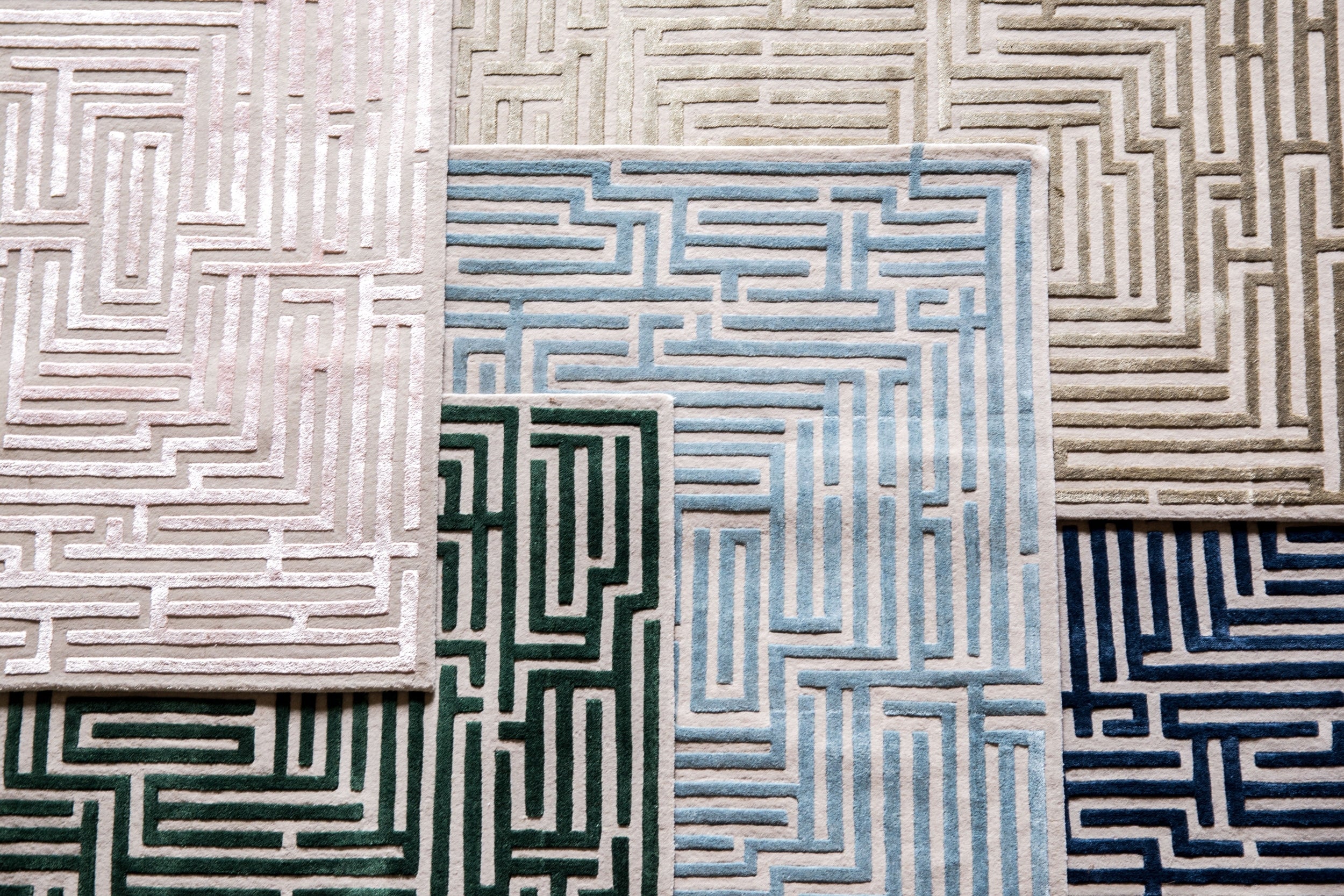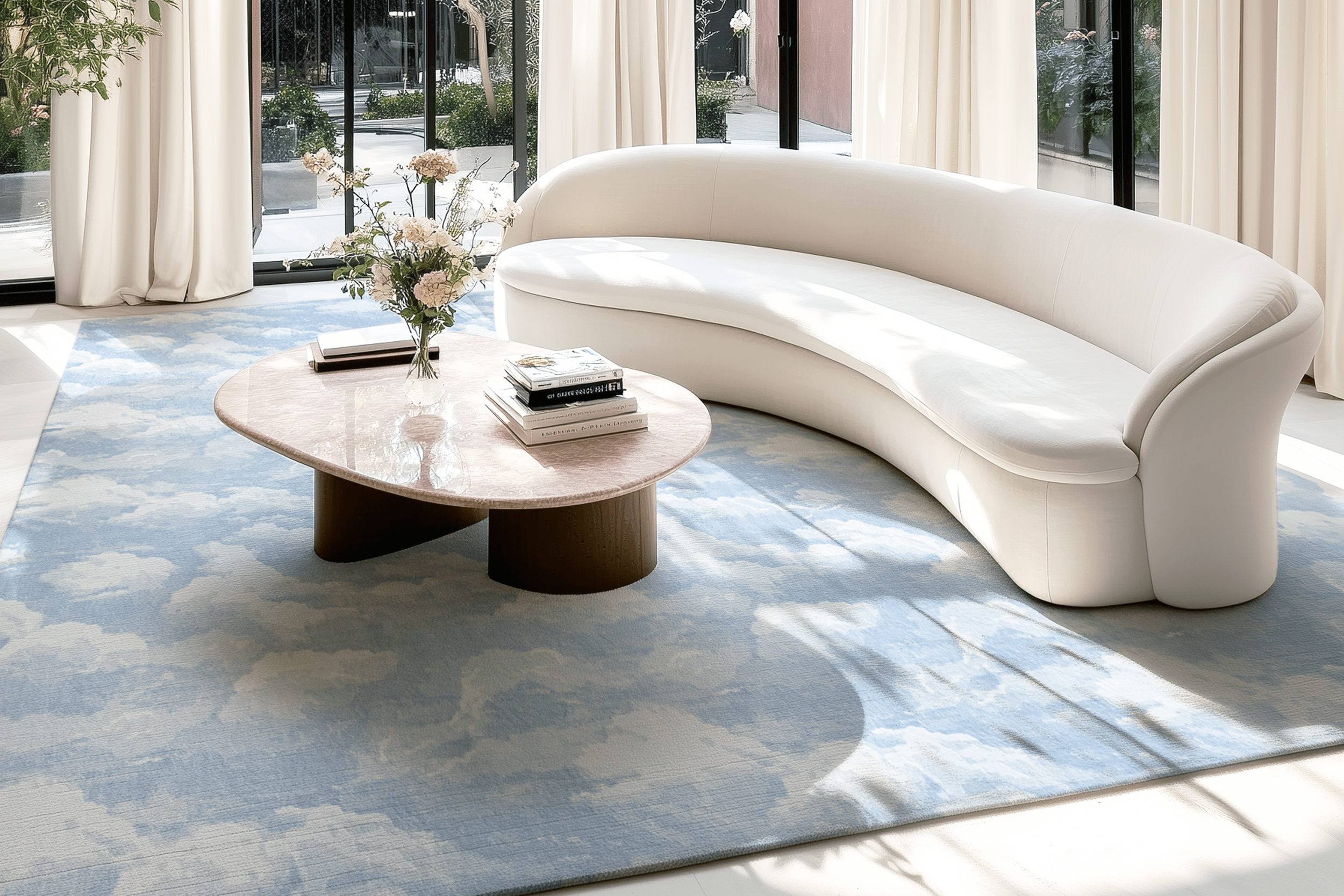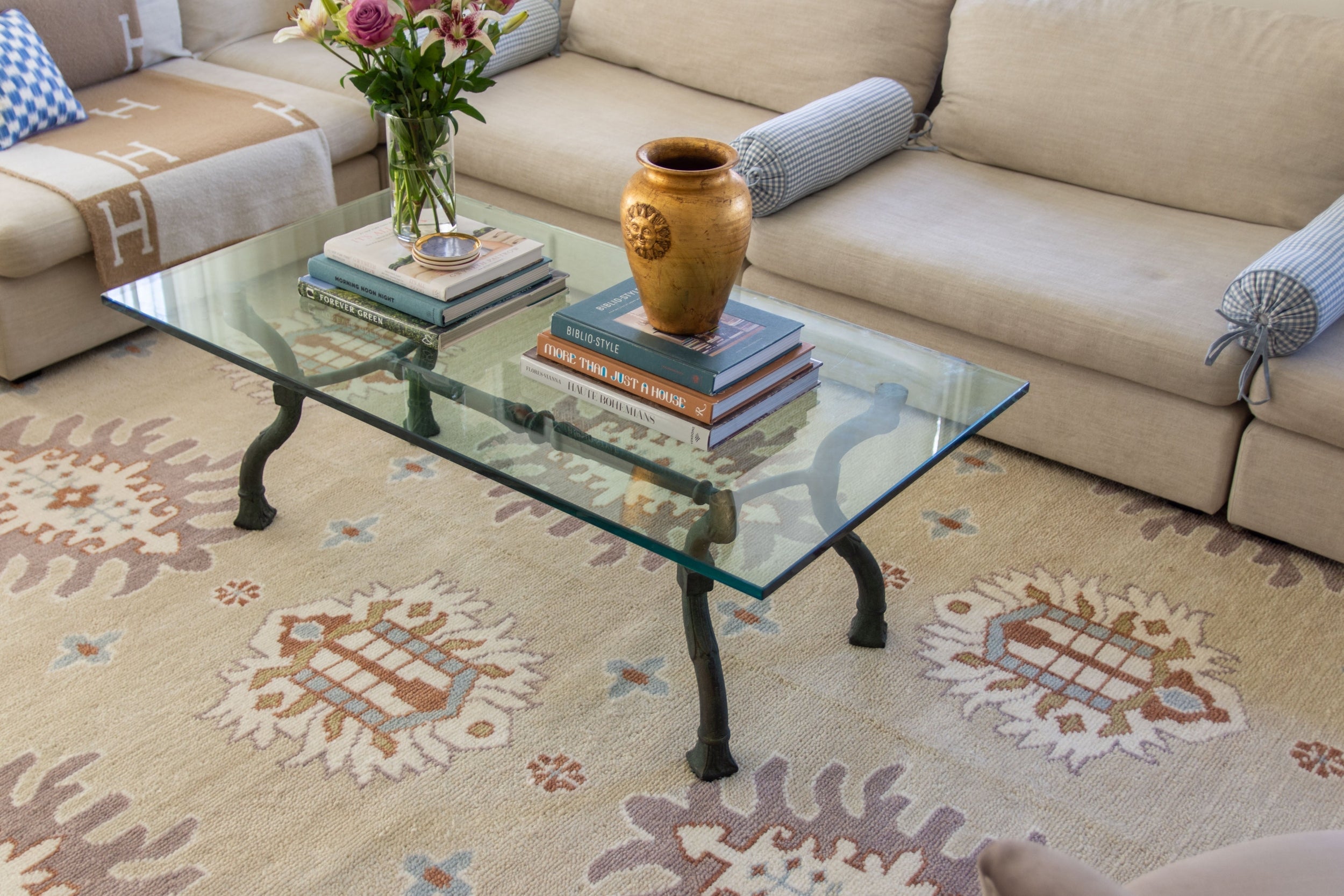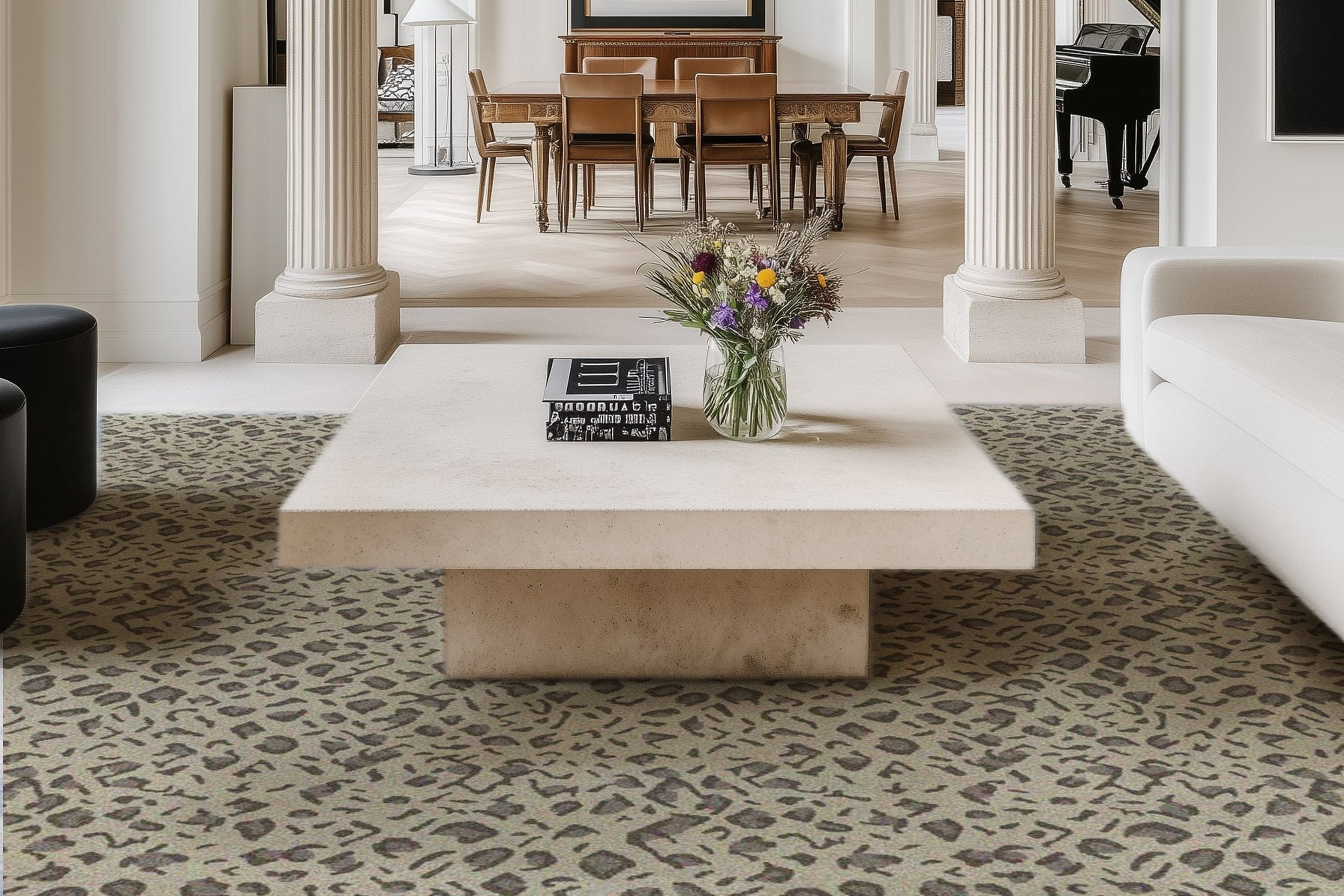Integrating Your Fence with Garden Design
Creating a seamless connection between fencing and garden design transforms ordinary boundaries into stunning landscape features. According to AAA Fence and Deck, a leading Raleigh fence contractor, thoughtful integration of fencing with landscaping can significantly boost property value while creating an inviting outdoor atmosphere.
The art of blending fences with gardens goes beyond simple barrier installation. A well-integrated fence becomes part of your garden's story, creating depth, texture, and visual interest that complements your outdoor living space.
#1 Material Selection for Garden Harmony
Natural materials like wood and stone offer excellent integration possibilities with garden landscapes. These materials age gracefully and develop character over time, creating an organic connection with surrounding plantings.
The choice of material should reflect both your garden's style and your home's architecture. Modern gardens might benefit from sleek metal panels, while traditional landscapes often pair beautifully with wooden fencing that develops a natural patina.
#2 Creating Visual Flow with Mixed Materials
Combining different fencing materials can add depth and interest to your garden design. Using wooden frames with metal inserts or incorporating stone bases creates visually striking transitions that draw the eye through the landscape.
These combinations allow for creative expression while maintaining functionality. The interplay of textures and materials adds sophistication to the garden space, making the fence an integral part of the overall design rather than just a boundary marker.
#3 Vertical Gardening Integration
Fences serve as excellent supports for climbing plants and vines, transforming simple barriers into living walls. The strategic placement of trellises and lattices encourages vertical growth, adding another dimension to your garden space.
This approach not only softens the fence's appearance but also creates microclimates within your garden. These varied growing conditions support different plant species, enriching your garden's biodiversity and visual appeal.
#4 Lighting and Decorative Elements
Incorporating lighting into your fence design transforms your garden's nighttime appearance. Solar-powered lanterns or LED strips can highlight architectural features while providing subtle security benefits.
Decorative elements should complement both the fence and garden style. The addition of artistic features or integrated planters can turn ordinary fencing into striking focal points that anchor your garden design.
#5 Creating Garden Rooms
Strategic fence placement can define distinct areas within your garden, creating outdoor "rooms" for different activities. These spaces might include quiet reading nooks, entertainment areas, or specialized growing zones.
Each section should flow naturally into the next, with the fence acting as a subtle guide through the landscape. This zoning technique adds intrigue to your garden while maintaining a cohesive overall design.
#6 Color and Texture Coordination
The fence's color palette should complement your garden's existing elements. Consider both the permanent features of your landscape and the seasonal changes in plant coloring when selecting fence finishes.
Texture plays an equally important role in integration. Rough-hewn wood might better suit naturalistic gardens, while smooth, contemporary finishes often work better in modern landscape designs.
#7 Seasonal Considerations
Your fence integration should account for all seasons. Consider how climbing plants will look in winter and how different materials weather throughout the year.
Planning for year-round appeal ensures your fence remains an attractive garden feature regardless of the season. This might include incorporating evergreen climbers or choosing materials that develop attractive patinas over time.
#8 Maintenance and Plant Selection
The success of fence-garden integration heavily depends on choosing plants that complement rather than damage your fencing. Select species that will maintain fence stability with aggressive root systems or rapid growth patterns that require constant pruning.
Regular maintenance routines should address both the fence and its surrounding plantings. A well-planned maintenance schedule keeps the integration looking fresh while preventing common issues like moisture damage or plant overgrowth that could affect fence integrity.
Final Thoughts
A thoughtfully integrated fence does more than mark property lines – it becomes an essential element of your garden's design narrative. The key lies in viewing your fence as an opportunity to enhance your outdoor space rather than simply contain it.
For professional guidance in selecting and installing the perfect fence for your garden design, consider consulting with a local fence company that can evaluate your specific needs and landscape features. Their expertise can help create a seamless integration that will beautify your property for years to come.
Browse by Category

Design Projects
Explore interiors from client work and personal renovations — layered, livable, and always in progress.
read more →
Collaborations
From product launches to styled spaces, discover the brand stories I’ve helped bring to life.
read more →
The Notebook
A growing archive of iconic designers, inspiring artists, and unforgettable design moments.
read more →
Travel by Design
Wander with a designer’s eye — from charming hotels and city guides to visual inspiration abroad.
read more →





